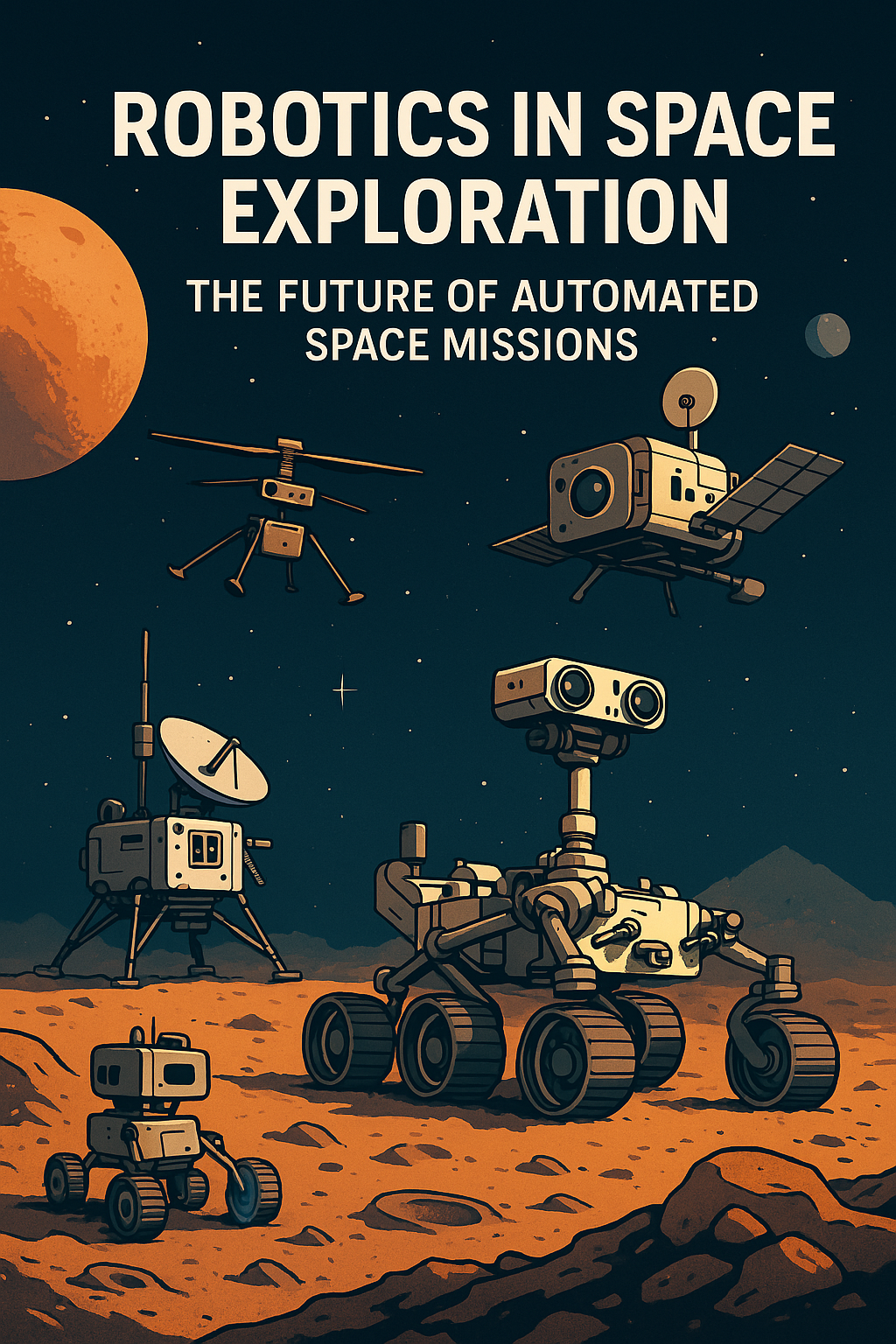How Robotics Has an Impact on Space Exploration
Space exploration has always been a tough and interesting frontier. With robots, scientists and engineers are expanding what we can do. Robots now play a key role to explore the universe, do research, and even get ready for human trips beyond Earth. Let’s look at how robots are causing a revolution in space exploration.
Exploring the Universe with Robots
Robots play a key role in exploring far-off planets, moons, and asteroids. NASA’s Mars rovers, like Curiosity and Perseverance, serve as prime examples. These robot explorers move across tough terrains, snap detailed pictures, test soil samples, and send crucial info back to Earth. Because human trips to Mars remain tricky and dangerous, robot missions offer a safer and cheaper way to collect scientific data.
The Rise of Autonomous Spacecraft
Self-operating spacecraft aim to finish missions with little human help. Voyager 1 and 2 sent into space in the 1970s still transmit data from beyond our solar system. As AI gets better future spacecraft could find their way and study things on their own, making far-space trips more productive.
AI-Driven Rovers and Drones in Space
AI-driven rovers and drones play a key role in planet studies. For example, NASA’s Ingenuity drone flew several times on Mars showing that air travel works on other planets. These robot tools help scientists examine hard-to-reach spots and boost our knowledge of different space bodies.
Mining Resources from Space
Space mining is turning into a reality, with engineers developing robots to extract valuable resources from asteroids and moons. These robotic miners can endure extreme conditions allowing them to gather water, metals, and minerals. Future space missions could use these materials as fuel or for construction.
Robotic Maintenance in Space
Keeping satellites and space stations running poses a major challenge. Engineers now use robots to carry out maintenance and repairs, which cuts down on the need for astronauts to do dangerous spacewalks. NASA’s Robonaut 2 (R2) serves as an example of a robotic helper designed to assist with tasks on the International Space Station (ISS). This robot helps to make sure that missions go off without a hitch.
Exploring Beyond Earth
Mars is only the start—space organizations are planning automated missions to check out the frozen moons of Jupiter and Saturn, like Europa and Titan. Scientists think these moons have oceans under their surfaces making them top picks in the hunt for life beyond Earth. Machines with cutting-edge detectors could bore through layers of ice and examine what’s underneath.
Benefits of Using Robots in Space
- Surviving Extreme Conditions: Robots don’t need oxygen, food, or shelter, which makes them ideal for tough environments.
- Enhanced Safety: Robots do risky jobs cutting down dangers for human astronauts.
- Cost-Effective Exploration: Automated missions cost way less than sending people into space.
- Adaptive Intelligence: AI-powered robots can think on their feet helping them tackle surprises.
The Future of Automated Space Missions
In the future, space exploration will depend more on robots. These machines will be able to construct living spaces, gather resources, and get planets ready for people to live on. As AI and robotics keep getting better, we might soon see space missions that run all by themselves. This opens up new chances for humans to set up homes and workplaces beyond Earth.
Using robots in space exploration isn’t just a nice extra—it’s a must. As tech keeps moving forward, robots will play a bigger part in cracking the secrets of space. This brings us closer to making our dreams of traveling between planets and setting up colonies a reality.
